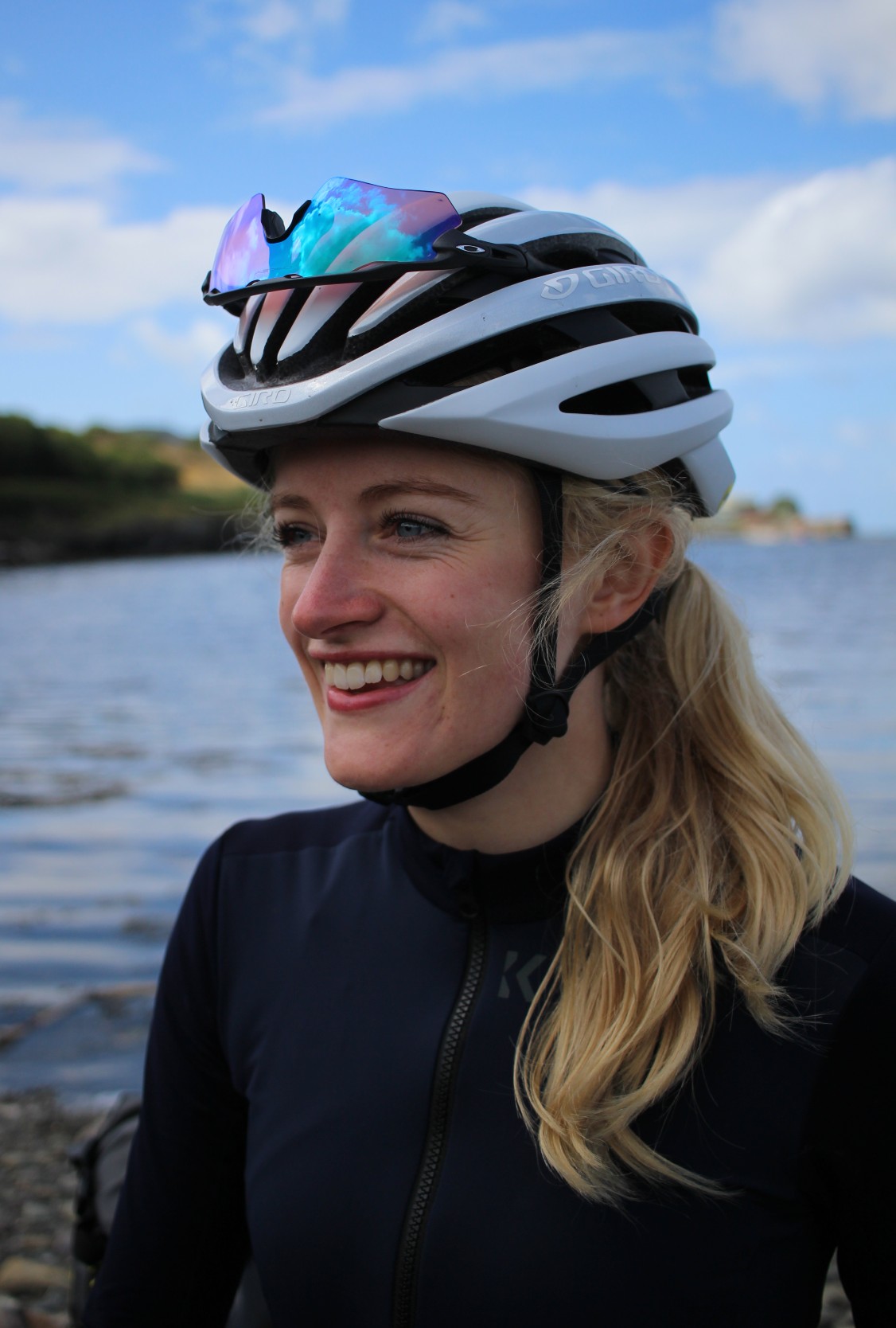From reducing blood pressure and increasing cardiovascular fitness to contributing to good mental health, cycling gifts us many fitness and wellbeing benefits.
However, cycling can harm our sexual health. There are potential positive impacts on sexual health from cycling, but this isn’t the case for everyone.
A surprisingly large number of cyclists suffer from genital numbness, erectile dysfunction and impotence. Both women’s and men’s sexual health can be affected, albeit in slightly different ways.
Despite its prevalence, this remains an awkward or embarrassing topic for many. But all riders should be aware of the potential problems cycling can cause and how to avoid them.
Here, we outline the common impacts on sexual health caused by cycling, with advice from experts on how to identify and treat issues.
How can cycling affect women’s sexual health? Genital numbness and cycling explained
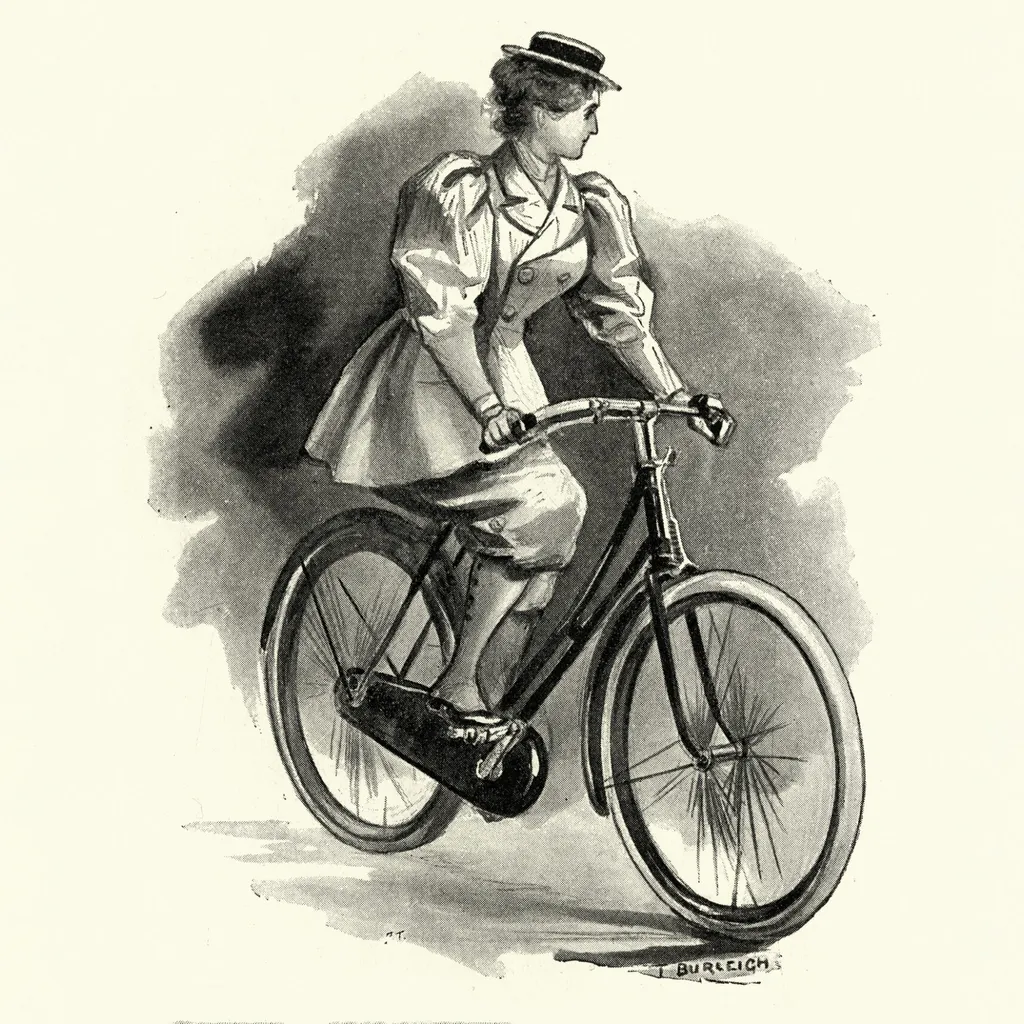
Interest in the link between cycling and women’s sexual health is not new.
In the early days of the sport, many were concerned about the impact cycling could have on the sexual purity of women due to stimulation from the bike and saddle – a worry which, unsurprisingly, never bore fruition.
While our understanding is now better, the impact of cycling on women’s sexual health is still a taboo topic for many.
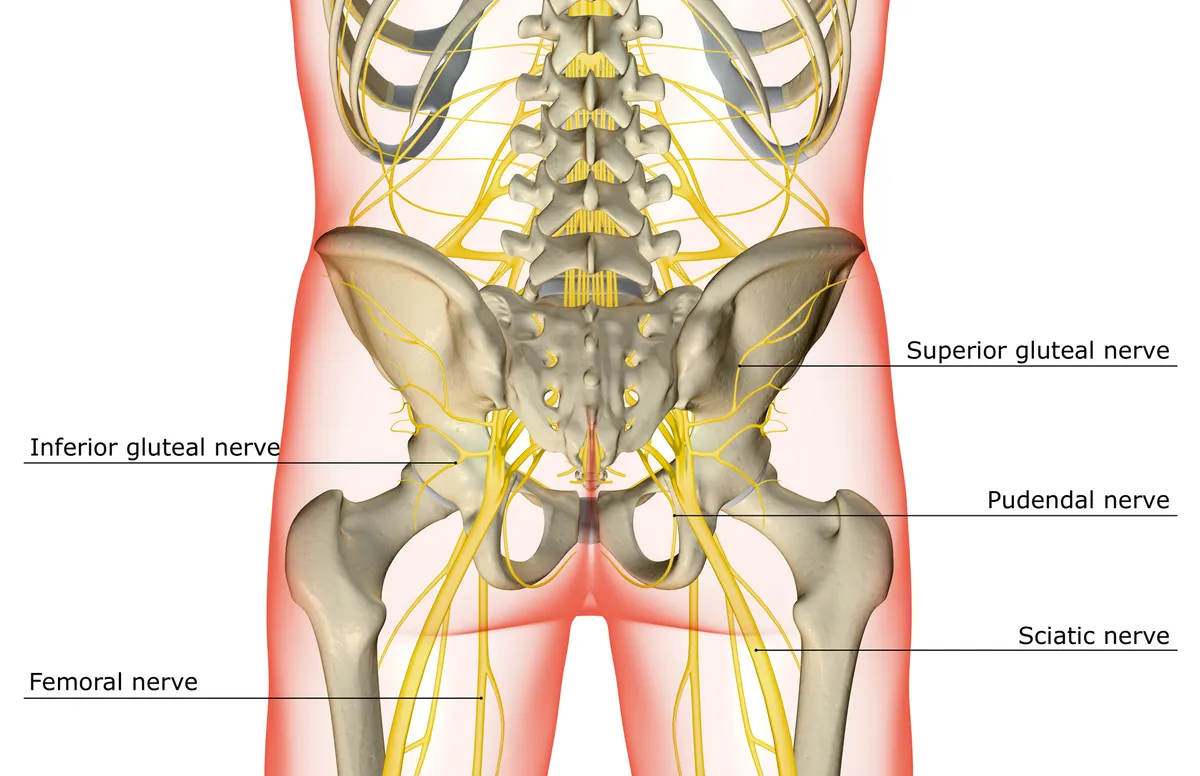
The key issue for many riders is, in fact, not an excess of feeling from saddle contact, but the opposite – genital numbness linked to cycling is a common issue for many female cyclists.
This can come with related issues including difficulty reaching orgasm, vulval oedema (swelling of soft tissues external to the vagina) due to impaired drainage from the area and genital pain.
These issues can arise due to factors unique to cycling, which can injure the nerves supplying sensitive genital tissues.
The pudendal nerve is important in innervating (providing feeling to) the genitals.
Stretching and compression of this nerve when pedalling can cause damage, as can chronic compression of the genitals against the saddle.
Equally, damage to the lymphatics (the systems that drain fluid away from tissues) can lead to swelling.
Associated symptoms include numbness, pain, swelling, and difficulty reaching orgasm with reduced sexual satisfaction.

Speaking to BikeRadar, a converted triathlete and now avid road cyclist (who wished to remain anonymous) said she experienced genital numbness when starting cycling: “The experience led me to believe cycling and sexual intimacy were incompatible.”
Going on to describe how this impacted her relationship at the time, she said: “It became an either-or for us – cycling or having sex.”
A 2019 study from researchers at Stanford found saddle pressure on the perineum (the area between your anus and genitals) can impair arousal and clitoral erection.
When surveying female cyclists, they found that 58 per cent of respondents had experienced genital numbness, with the frequency of numbness episodes linked to decreased arousal, decreased ability to orgasm and lower sexual satisfaction.
Similar results were seen in a 2021 study of 875 women, with 52 per cent reporting sexual dysfunction. A significant association between sexual dysfunction and numbness was also seen.
These recent studies are not the first to demonstrate the possible impact of cycling on women’s genital function.
Earlier research from Yale University found female cyclists had reduced genital sensation when compared to a control group of female runners.

The same group later found having a lower handlebar relative to saddle height could be a risk factor for genital numbness, with female cyclists using more 'aggressive' positions on the bike experiencing decreased vaginal and labial sensation.
Unfortunately, as is not uncommon in women’s health, there is a data gap when compared to men’s sexual health and cycling.
A 2014 study concluded “women have fallen to the back of the race in elucidating cycling’s effects on sexual health”. The study called for larger study populations of both recreational and professional cyclists to better understand the issues.
How can cycling affect men’s sexual health? Pudendal neuropathy and erectile dysfunction explained
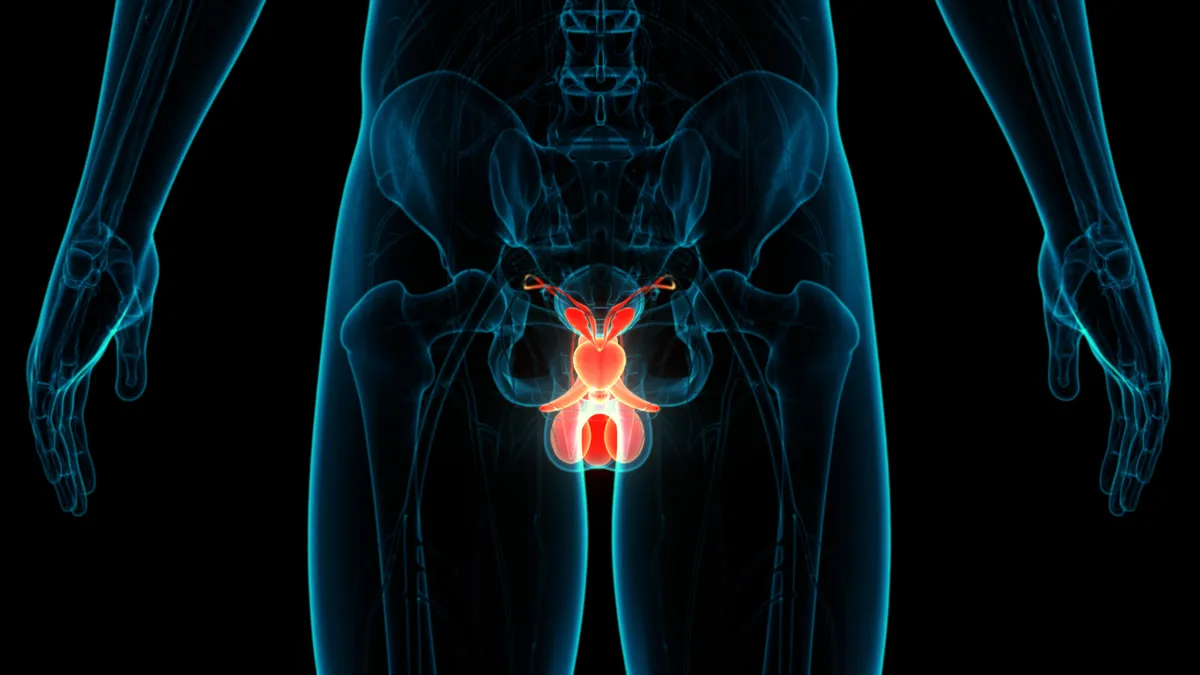
Cycling can also negatively impact men’s sexual health.
Pudendal neuropathy – or 'cyclist’s syndrome’, if you’re in polite company – is one of the most common issues.
As in women, the pudendal nerve provides most of the movement and sensation for the pelvic region, including external genitalia (the penis and scrotum in men) and anus.
The underlying causes are similar, too – compression and ischaemia (lack of oxygen) while cycling can cause damage to the nerve.
Penile blood flow can also be reduced when cycling in a seated position, as can blood pressure within the penis.
Symptoms vary but can include pain along the course of the nerve, genital numbness, erectile dysfunction and possible impotence.
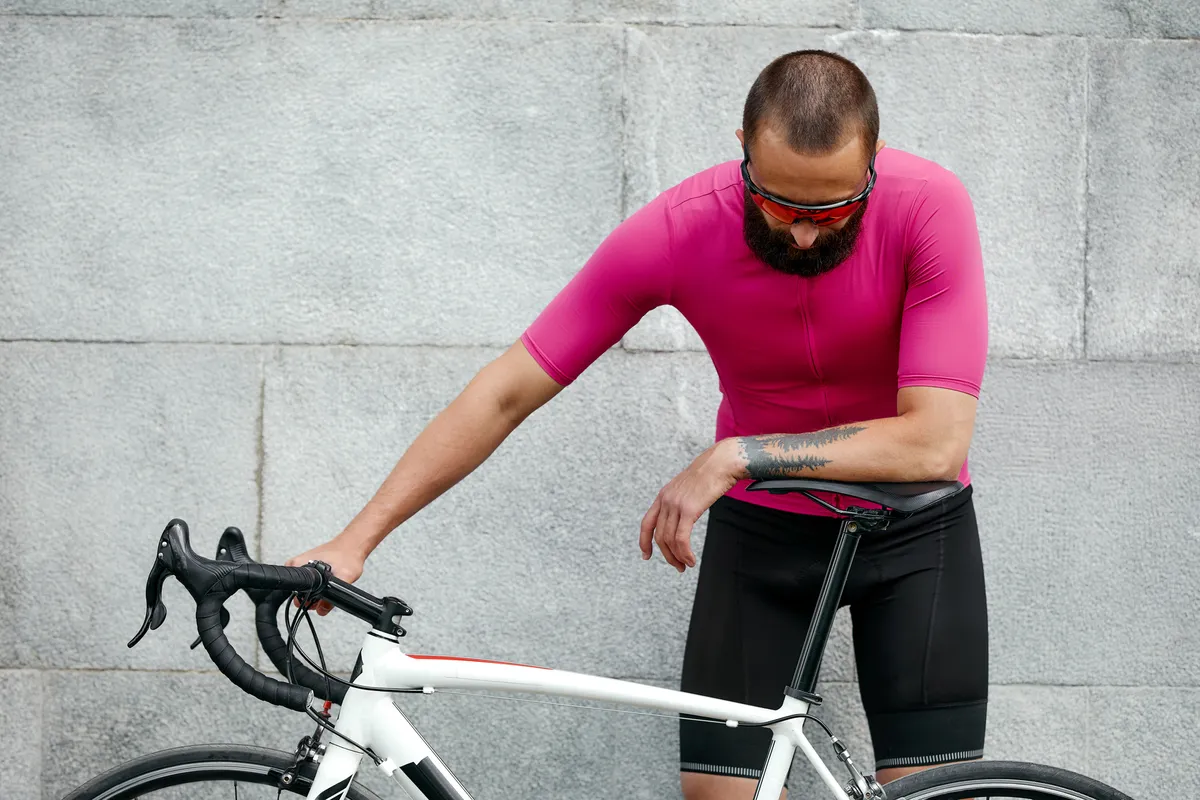
It is important to recognise experiencing any of these symptoms in connection with cycling shouldn’t be ignored.
One male cyclist we spoke to said he believed it was 'normal' to have numb genitals after a long day on the bike and had chalked it up to part of the cycling experience.
Another male cyclist we spoke to said they only sought medical advice for the issue after suffering from erectile dysfunction for months.
While open discussion of sexual health concerns might be limited, penile numbness associated with cycling is a common query online. Numerous threads discuss symptoms and advice on what to do about them can be easily found.
The research base agrees numbness is a common complication of cycling in men and has been well documented for many years.
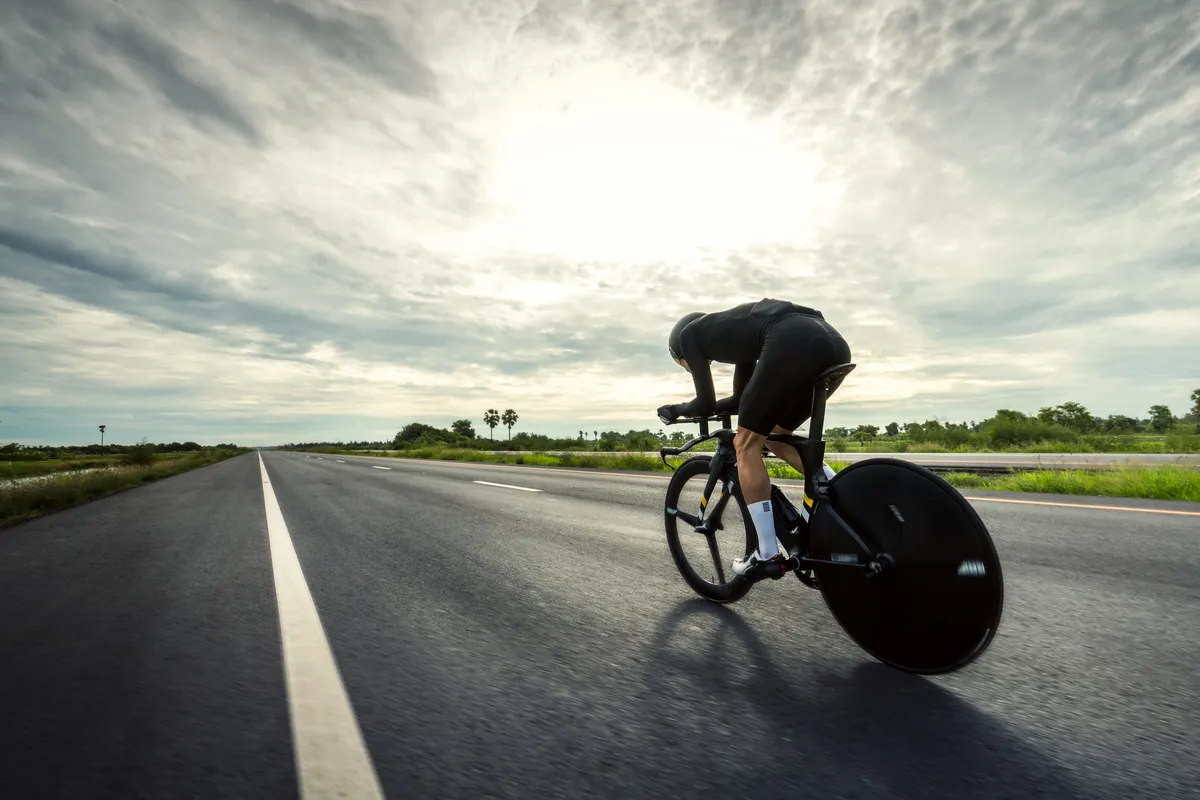
A 1997 study reported genital numbness symptoms in 22 per cent of male participants from a 540km touring race.
Numbness persisted for over a week in a third of these cases and impotence was present in around two-thirds of those reporting symptoms.
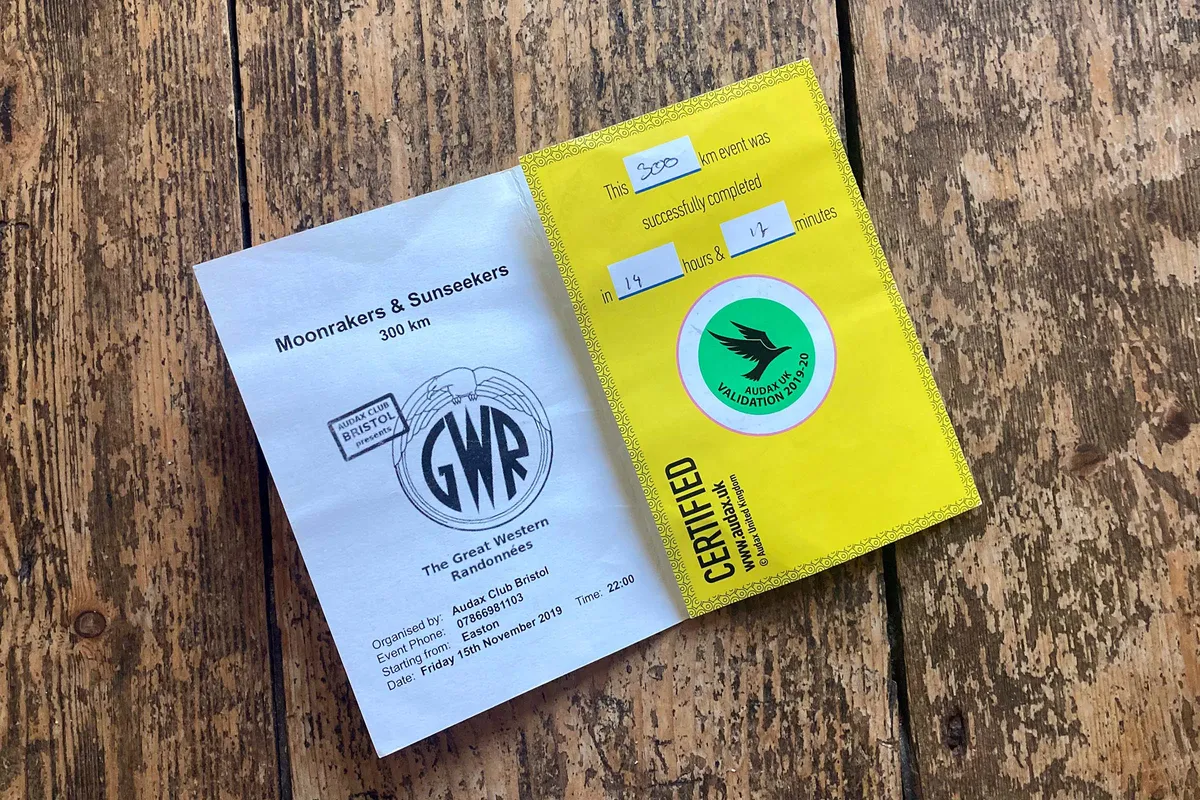
Several researchers have since reported similar findings, with one study finding 61 per cent of male cyclists who rode over 400 kilometres per week experienced genital numbness. From the same study, 24 per cent experienced erectile dysfunction.
The Massachusetts male ageing study found a slightly more complex picture. An association was made between participants who cycled fewer than three hours per week and a reduction in erectile dysfunction. However, an increased risk of erectile dysfunction was observed in men who cycled for more than three hours a week.
As such it may be that there is a relationship between hours spent in the saddle and the likelihood of symptoms, although no study to date has looked specifically at professional cyclists (whether female or male), who are likely to have the highest training volume.
Mitigating numbness caused by cycling
Once afflicted, cyclists are prone to relapses of numbness.
However, measures can be taken to both minimise risk and help with recovery for those affected.
Dr Benjamin Breyer, Professor and Taube Family Distinguished Chair of Urology, from the University of California San Francisco is a medical practitioner and active researcher in the area.
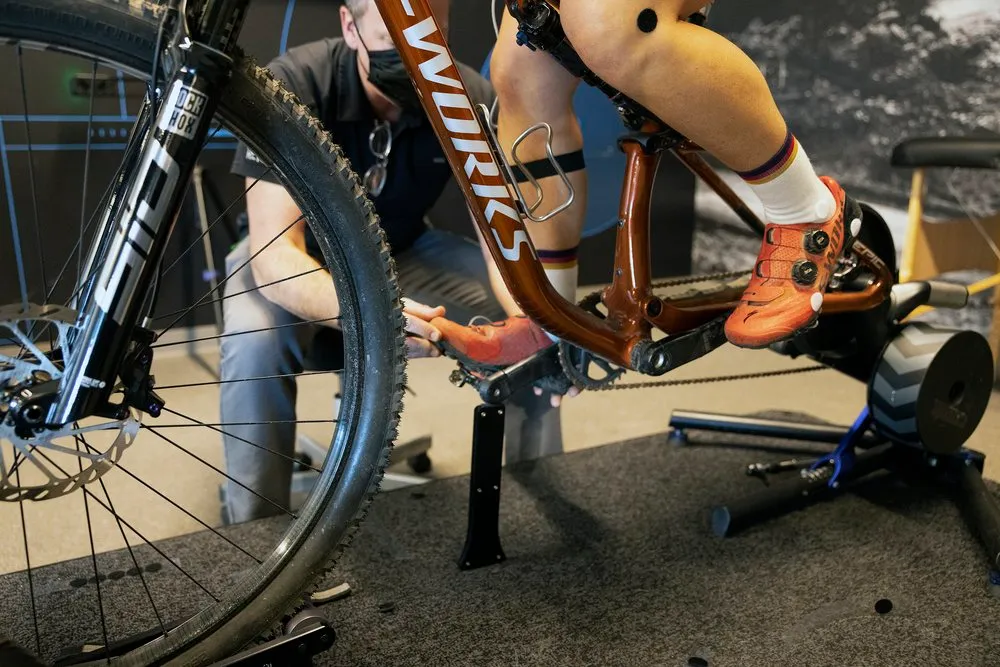
He explained the best strategy for preventing issues is understanding the risks.
“The single most important thing for someone starting out or developing a serious interest [in cycling] is to get a bike fit by a professional," said Dr Breyer.
“If the bike fits you well, you’re less likely to get an injury and less likely to have numbness. I’d wear padded shorts and get out of the saddle regularly (standing intermittently).”
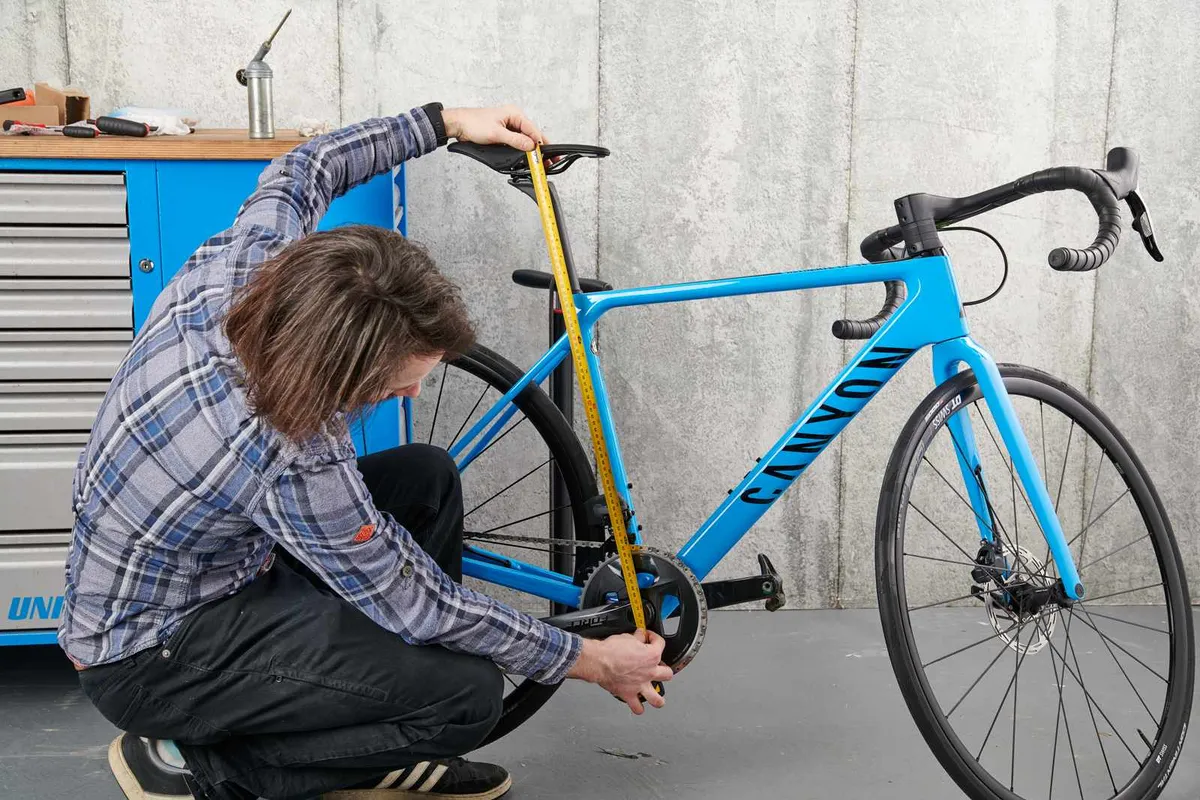
He went on to explain handlebar height and saddle type can put you at greater risk of numbness: “[A more aggressive bike position] puts more pressure on your perineum. If you are getting numb, it’s a good idea to experiment with different saddles.”

Adjusting the saddle angle on your bike such that it's horizontal, with an absent or flexible nose and no cut-out, can decrease pressure on the pudendal nerve.
The use of padded cycling shorts and adjusting handlebar height can also contribute to this.
One study suggests the use of time trial bars should be avoided.

Reducing bike time can aid recovery when affected. ‘Micro rests’ during activity – cycling in a higher gear out of the saddle, or taking breaks off the bike during a ride – can also give the nerve a chance to recover from compression.
Standing more than 20 per cent of the time while cycling has been shown to significantly reduce the odds of genital numbness.
Conversely, prolonged compression for more than eight hours has been shown to increase the risk of damage.
Different disciplines, or types of cycling, present different levels of risk.
Any type of riding involving prolonged saddle time in unvaried positions – such as time trials, long-distance triathlons or long sessions on a static bike – present a higher risk of nerve damage.
If symptoms persist despite preventative measures, medical assistance should be sought.
Numbness and compromised sexual function resulting from cycling are not normal and seriously afflicted athletes may need medical intervention to resolve the issue.
This might include physiotherapy, medical treatments or surgical decompression.
The bottom line
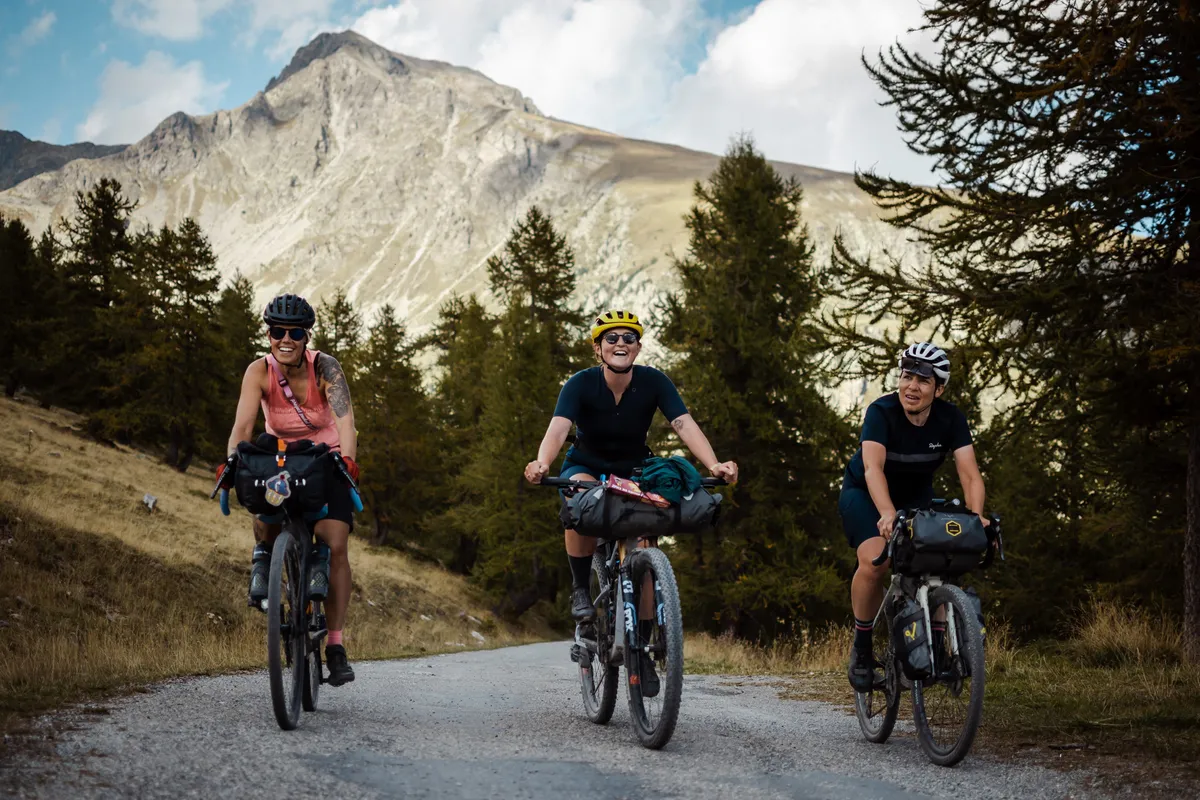
Much of the research cited suggests these problems are incredibly common. If accurate, the experiences and symptoms described will resonate with many cyclists reading this.
However, the research base is by no means unanimous, with one large-scale survey-based study finding the sexual function of cyclists was generally better than the overall population.
Dr Breyer explained: “At its core, cycling is an extremely healthy activity. It wards off things that impact sexual health such as obesity and diabetes.
“While intense long periods in the saddle can create numbness, the connection of numbness and sexual dysfunction is much less clear in men than women.”
He added: “If I were an athlete concerned about my sexual wellness, I would try to avoid numbness by getting my bike fitted properly, wearing the right gear and having the best saddle.”
In summary, keep cycling, but be aware of the warning signs, and have them checked out if you’re concerned. Also, take those café stops – they may well be helping protect your nerves from damage.
